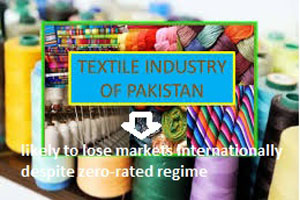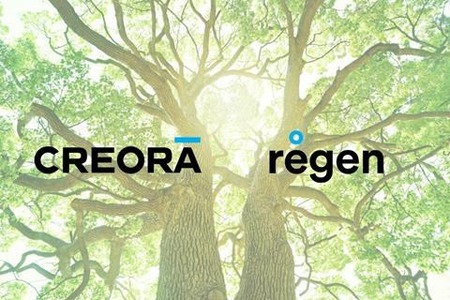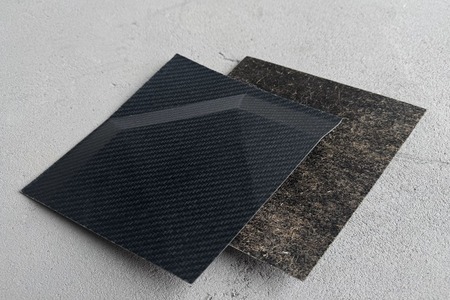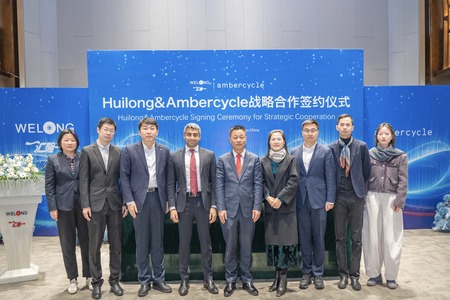
Pak textile industry likely to lose markets despite zero-rated regime
YarnsandFibers News Bureau 2016-06-09 17:00:00 – KarachiThe Pakistan textile industry likely to lose markets internationally despite government declaring zero rated tax regime, because of various taxes, levies, presumptive taxes, surcharges and cess, makes the exports 10 to 15 percent costlier against the regional competitors.
Pakistan's exports have come down by 12 percent against over $13 billion last fiscal year due to the incidentals of various taxes, levies and surcharges.
High cost exports are incompatible internationally, resulting into a substantial drop in textile exports in a situation when Bangladesh's exports rose 6.5 percent in May from a year earlier to $3.03 billion on stronger garment sales. Meanwhile, the exports from July to May, the first 11 months of the country's 2015-16 financial year rose 8.9 percent from a year earlier to $30.7 billion. Sales of garments, comprising knitwear and woven items, totalled $25.1 billion in July-May, up 9.4 percent from a year earlier.
According to Group leader All Pakistan Textile Mills Association Gohar Ejaz, the textile industry in Pakistan can only be viable if the government extends a zero rate regime in true sense throughout the complete chain. The industry is unable to pass on the impact of 10 percent of the value of exports right from spinning to the garment industry. The government should either bring these taxes to zero level or refund in the shape of duty drawback to make industry competitive internationally.
After accepting the industry demand of no tax, no refund on Sales tax, the government should also remove the impact of incidentals on the industry. Drawback of Local Taxes and Levies (DLTL) scheme would continue under the new policy. Under it, if any textile exporter achieves incremental textile exports beyond 10 percent over the previous year, he will be given DLTL at the rate of 4% for garments, 2% for made-ups and 1% on processed fabrics.
Pakistan's textile sector contributes around 50-55 per cent ($12-13 billion) in the country's exports and government has announced the much-awaited Textile Policy 2014-19 which seeks to double the textile exports to $25 billion in the next five years since 2014, increase share of value addition and improve product mix, especially in garment sector, from 28 percent to 45 percent.
Market Intelligence
Ask for free sample Report

experience
Customer Base
dedicated team
Countries Served Worldwide









